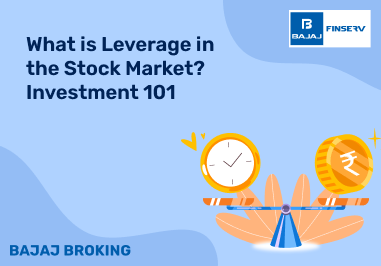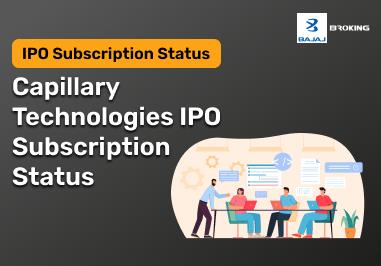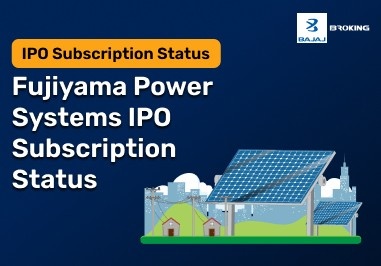This is the money the government gets from sources other than taxes. A lot of it comes from the fees and bills we all have to pay for everyday things. India, for instance, gets its power, water, and gas from the government. People who use these services pay for them, which is non-tax income.
It also includes the costs of getting visas, licenses to drive, and business permits. This includes fines for things like paying taxes late or breaking driving laws. All of these sources give the government a wider range of cash.
The government would have to rely only on taxes if it didn't get money from other sources. That's hard, because it's never easy to raise taxes. Because of this, non-tax income is very important for keeping money flowing, which in turn helps public services and growth.
Understanding the Meaning of Non-Tax Revenue
When it comes to money, the government gets two main types: tax money and other money. Direct taxes, such as income tax, and indirect taxes, like GST, both contribute to the government's revenue.
But you don't have to pay taxes. Non-tax income makes up the difference. It mostly comes from bills for things like water, gas and electricity that the government provides.
The Indian national government also gives money to the state governments. The interest paid on these loans is income that is not taxed. In the same way, the money that government-owned businesses make comes into this category of income.
Additionally Read: What is Income Tax Return Filing
Examples of Non-Tax Revenue in India
Non-tax income comes in a lot of different ways. Here are some examples:
Costs paid for things like driver's licenses, passports, and other papers.
Bills from public utilities for water, power or gas.
There are fines for paying taxes late or breaking traffic laws.
How much money do state companies that are owned by the government make?
All of these bring in money for the government that isn't taxed.
Major Sources of Non-Tax Revenue
Costs for administrative work:
For things like giving out licenses, certificates, and permits, the government charges money. There are also fees paid to government hospitals, schools, and colleges.
Getting money from economic services:
In this group are utilities like water, gas, electricity, the mail, garbage pickup, and drainage. The fees that are paid for these services are income that is not taxed.
Making money from property:
The government owns things like land and resources. When these are used, fees are due, like road tolls, land rent, or royalties for taking natural resources.
Paying fines and fees:
People who break the rules usually get fined. Some examples are breaking the rules of the road, smoking in public places, or going without a ticket. These fines are also income that isn't taxed.
Components of Non-Tax Revenue
Income that isn't taxed can be broken down into clear parts. Each one is different in how it helps the government get money.
Fees for service
This includes the small fees we have to pay for items such as licenses, passports, school fees, and medical care at government hospitals. Even though they look small on their own, they add up to a steady stream of cash.
Paying for utilities
A lot of it comes from bills for things like power, water, gas, and mail. The collections are a reliable source of income for the government because these programs reach millions of people.
Paying fines and fees
Penalties, like a late tax payment, a traffic ticket, or a trip without a ticket, make up another part. People don't plan for these payments to happen, but they still bring in money.
How to Use Property and Resources
Tolls, rent, and licenses to use natural resources are all things that the government does. For instance, a business that takes out coal or oil pays a fee. This is an important part of non-tax income.
Cash Back and Interest
When the federal government lends money to states, the states pay back the loan with interest. When public companies make money, they give some of that money back to the government. Both bring in a lot of money.
All of these parts work together to keep the government's non-tax income coming in and make it less reliant on taxes alone.
Difference between tax revenue and non-tax revenue
Tax Revenue
| Non-Tax Revenue
|
The government’s tax revenue comes from the taxes it imposes on people and entities. For example, income tax and corporate tax come under tax revenue. Then, indirect taxes which are paid when someone buys a product or service are also a source of tax revenue.
| Non-tax revenue is in the form of fees or charges paid by people for utilising the government’s services. It also includes fines imposed by the government on people and entities for not following rules.
|
People and companies are under a legal obligation to pay income tax and corporate tax, respectively.
| However, in the case of non-tax revenue, people pay fees or charges only when they utilise a service provided by the government. If they have not utilised a service, they do not have to pay any fees to the government.
|
The main objective of tax revenue is to generate revenue for the government which can be used for defence, education, infrastructure, etc.
| The main purpose of non-tax revenue is to supplement the tax revenue of the government so that it has sufficient funds to invest in its projects.
|
Conclusion
Non-tax income is an important source of money for any government. It helps the economy grow and makes it less reliant on taxes, which are hard to raise. Non-tax income makes sure the government has money to pay for services and welfare programs as long as it is collected and used correctly.














